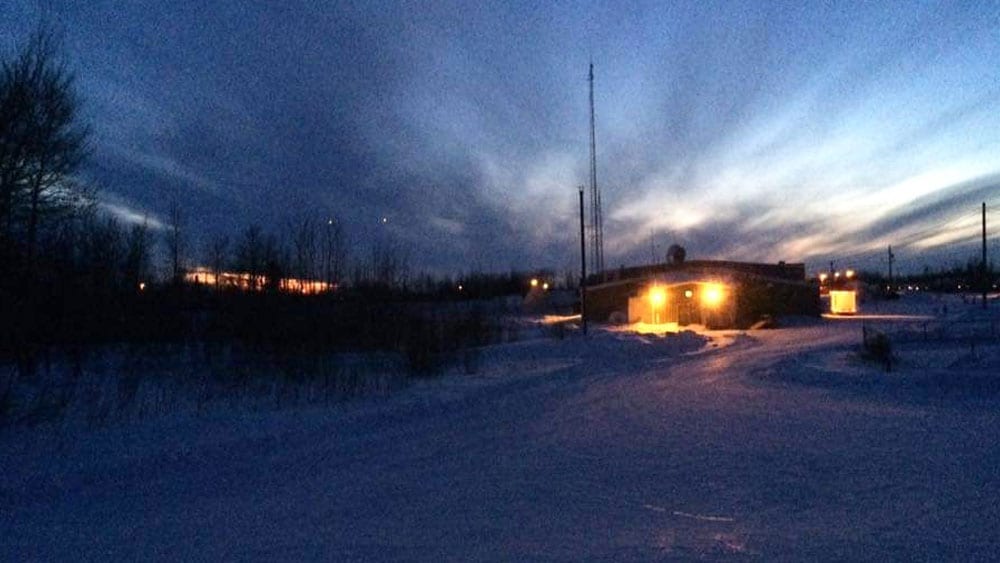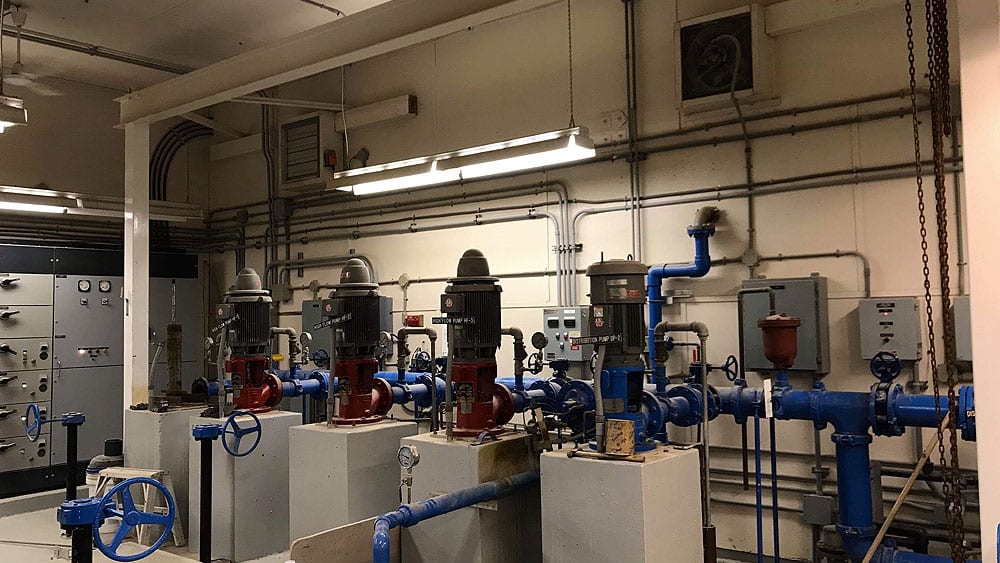While the Liberal government says progress has been made on a campaign pledge to end long-term drinking water advisories in First Nations communities, some of those communities say they’ve since lost count of how many times they’ve been under short-term advisories.
It’s also unclear how water-related statistics are even collected by the federal government.
The feds say that as of January, 78 long-term drinking water advisories have been lifted since November 2015.
The latest First Nation community to have its long-term drinking water advisory lifted is Weenusk First Nation in Ontario as of late last year.
However, since mid-January, the government says there are 25 short-term drinking water advisories in place.
Short-term refers to a temporary water quality issue on a specific water system.
A long-term drinking water advisory refers to those that have been in place for more than a year.

Shamattawa First Nation in Manitoba is just one community that has been under a short-term advisory since December 6, 2018, affecting up to 5000 people.

“It’s a boil water advisory, so we can’t drink right from the tap, we have to boil our water just like many other communities in the North,” said Chief Eric Redhead.
“We typically get our water from the river if we can’t drink from the tap, but even then we still boil our water everyday from morning to night, to bathe ourselves to cook for our families. It’s just unacceptable to live that way.”
Redhead says Shamattawa First Nation came off a long-term drinking water advisory approximately two years ago, but it has since been placed under a string of short-term drinking water advisories.

Redhead said he lost count how many times the community has been on a drinking water advisory since 2016. Issues arise because of having an old water treatment plant and it not being able to produce enough water based on the demand, or lack of service parts available to fix it.
David Trout, the community’s water treatment plant operator agrees with Redhead.
“I would say roughly three or four times a year,” said Trout about how many times Shamattawa has been under short term drinking water advisories per year.
A spokesperson with the department says some communities will face recurrent short term advisories but continues to support “First Nations-led approaches to addressing new and ongoing drinking water advisories.”
Unclear whether drinking water advisories data collected by government
While Indigenous Services displays the number of water-related advisories on its website, it’s difficult to determine if that is the whole picture.
When asked whether or not the department collects data on water and wastewater management, including short-term and long-term drinking water advisories, APTN News was informed repeatedly First Nation communities are owners and operators of this infrastructure, including its own data and that it is up to the community to share this information with the department.
Data may include information on the drinking water system, facility information, sampling and water quality, including advisory and alert status reports.
APTN was also told the same statement when it asked where the department received its data based on their website to do with their progress on lifting long-term drinking water advisories.
The department also cited OCAP (Ownership, Control, Access and Possession); a principle born a few decades ago asserting First Nations right to have control over their own data.
APTN asked the community of Shamattawa if they are collecting their own data and whether OCAP is being implemented.

“It’s just in a log book, we don’t have a formal database that we put it in,” said David Trout.
And about the principle OCAP?
“Personally I’ve never heard it before.”
According to one academic, the department of Indigenous Services is dropping the ball.

“I think what we’ve seen in the three years…is how much [of] those promises are very small and in comparison to the scale with how serious those problems are,” said Adele Perry, a history professor at the University of Manitoba.
“I think this will be a moment where we can think about holding Indigenous Service of Canada, you know, accountable as best we are able as members of the public.”
According to the Indigenous Services Canada website, an additional $172.6 million has been proposed in the 2018 budget over three years to improve clean and safe drinking water on reserve and construction and renovation of affected water systems.
Chief Redhead insists, if the government truly wants to end boil water advisories in First Nations, they need to make proper investments.
“We need a brand new system, a brand new treatment plant for our community,” said Redhead.










